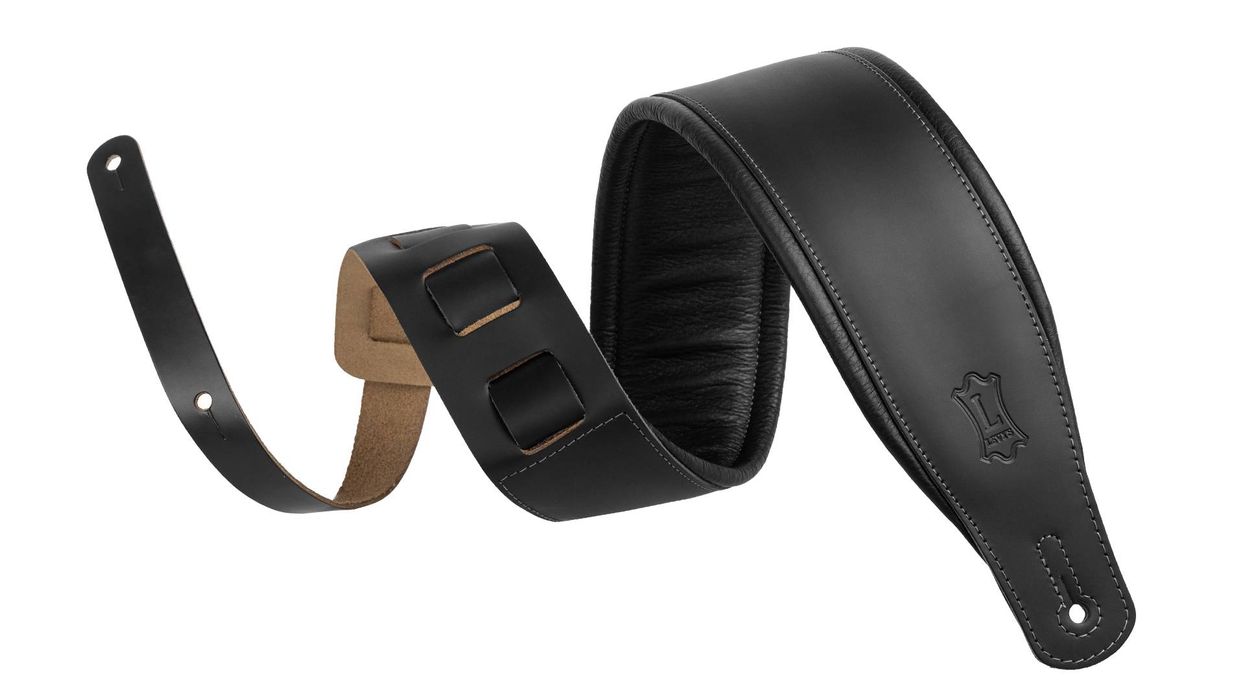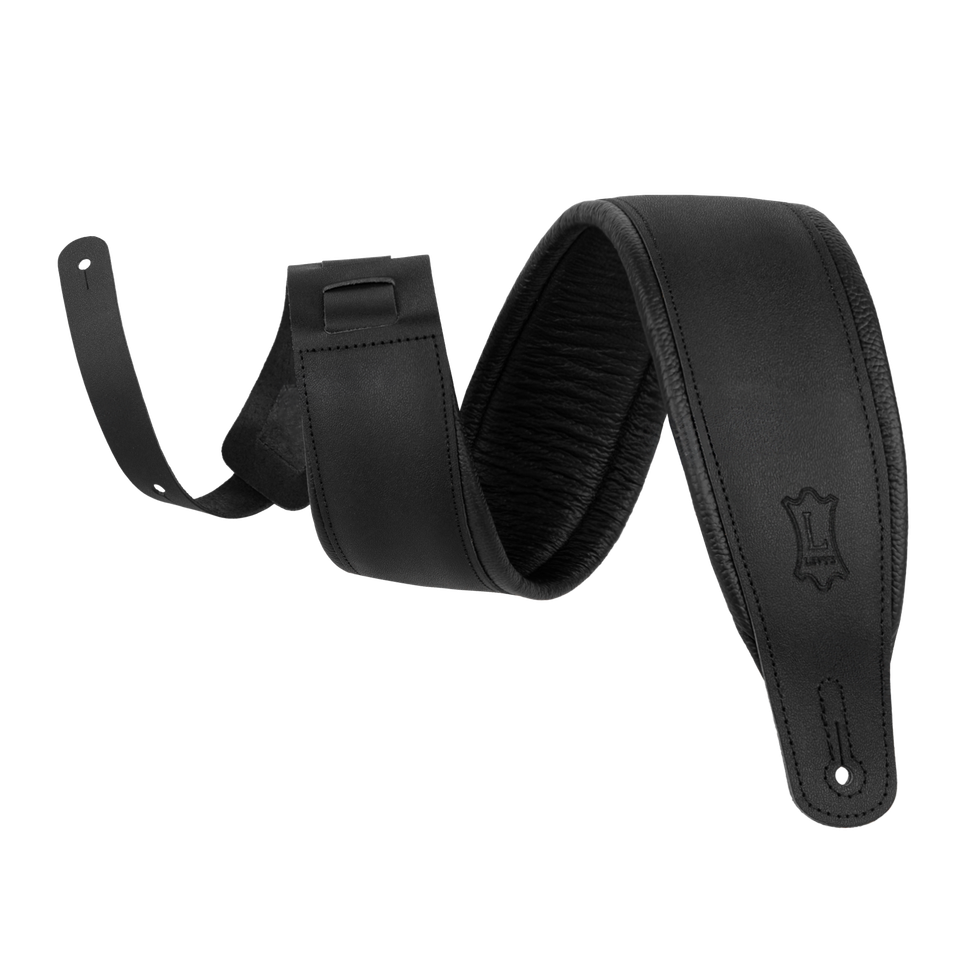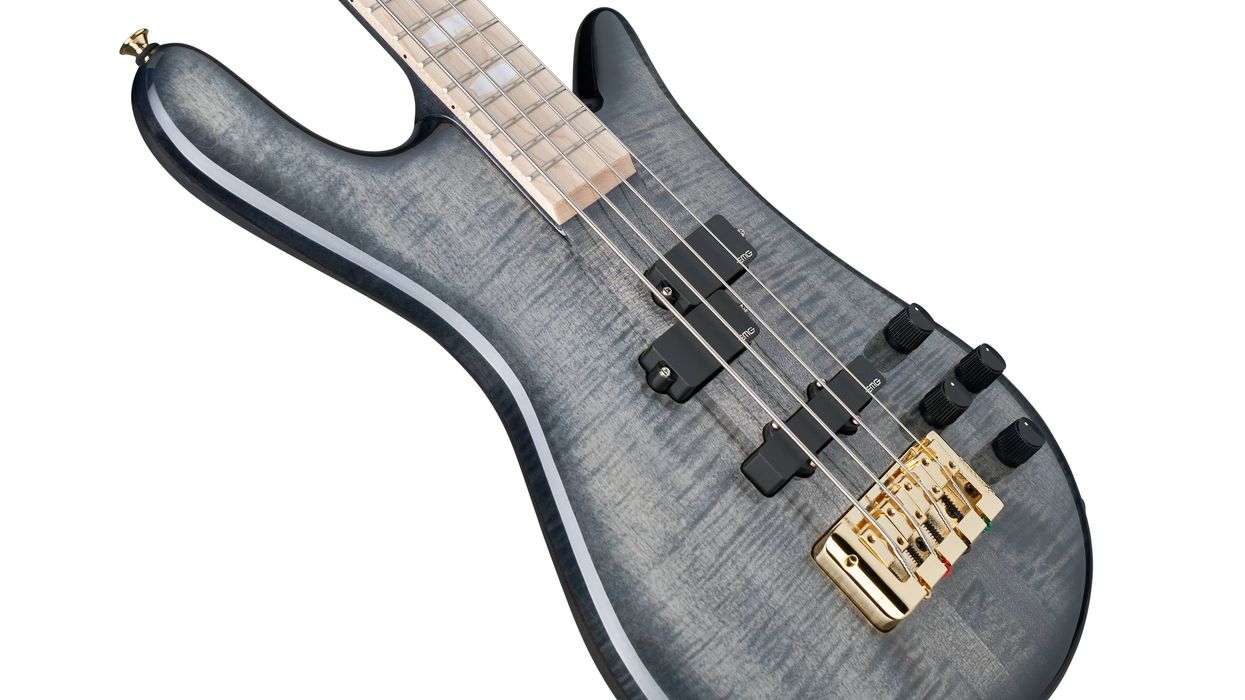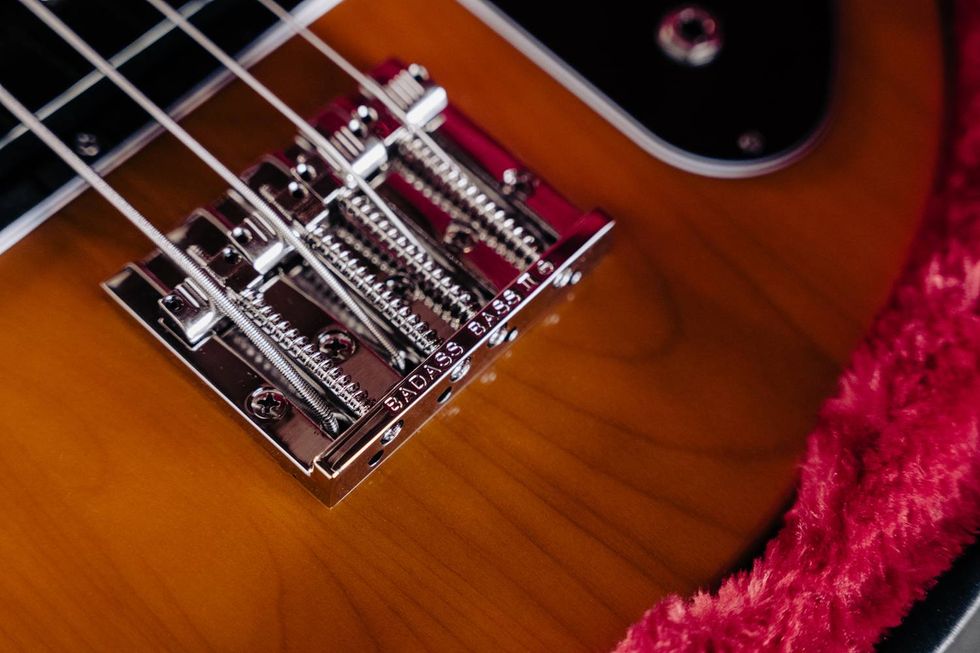An all-new DarkRay 5-string bass featuring dark glass electronics, plus the latest collaboration with guitar virtuoso Jason Richardson.
DarkRay 5-String Bass
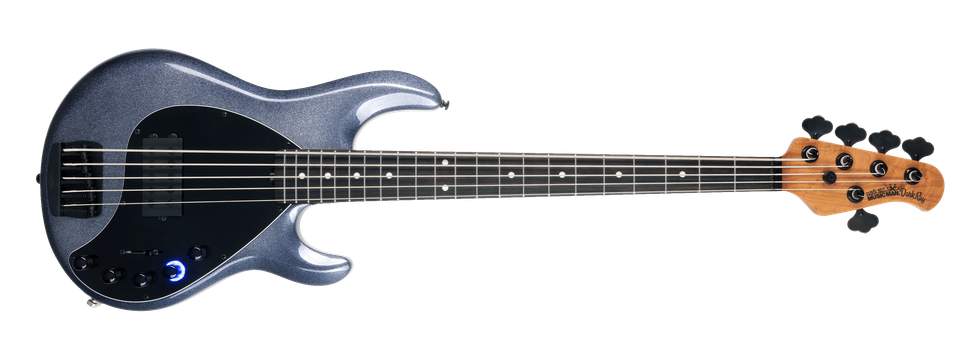
The all-new DarkRay 5-string bass unlocks a new range of sonic capabilities thanks to a growing collaboration with world-renowned bass accessory manufacturer Darkglass Electronics. Available in two new striking finishes, Starry Night, and a limited-to-100 White Sparkle. Starry Night will be available at retail while the White Sparkle is exclusive to the Ernie Ball Music Man Vault. The DarkRay 5 is all about tone and features a new 2-band EQ preamp designed specifically for this 5-string model. It offers three very distinct and useful tones: Clean, Alpha (distortion), and Omega (fuzz), each fully mixable via an onboard gain knob and blend control set to the player’s preference. In addition, the original DarkRay 4 bass will be offered in Starry Night, Obsidian Black, and the exclusive White Sparkle, which is limited-to-25, and only available in the Vault.
Watch the video here: https://www.youtube.com/watch?v=5_1aRXY5fhY
Jason Richardson Artist Series Cutlass
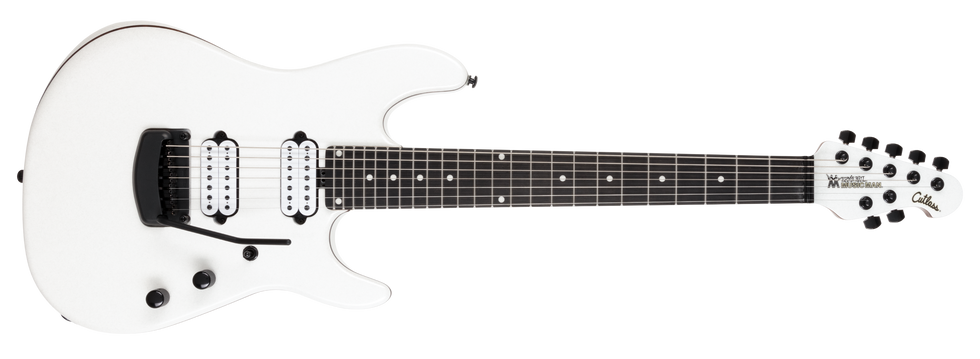
The 2022 Jason Richardson Artist Series Cutlass guitar collection is the next evolution between the award-winning Ernie Ball Music Man design team, and virtuoso guitarist and composer Jason Richardson. For 2022, the Jason Richardson Cutlass is available in two exciting new finishes, Majora Purple and a limited Empress White. The Majora Purple finish features an exotic burl top, natural wood binding, all gold hardware, and is available through authorized Music Man dealers. The Limited Edition Empress White features a white sparkle finish, black hardware, and is limited-to-25 of each of the 6 and 7-string offerings. These limited edition Empress White instruments are available exclusively in the Ernie Ball Music Man Vault.
Watch the video here: https://www.youtube.com/watch?v=5mGsfNxn60M
More info at: www.ernieball.com and www.music-man.com.
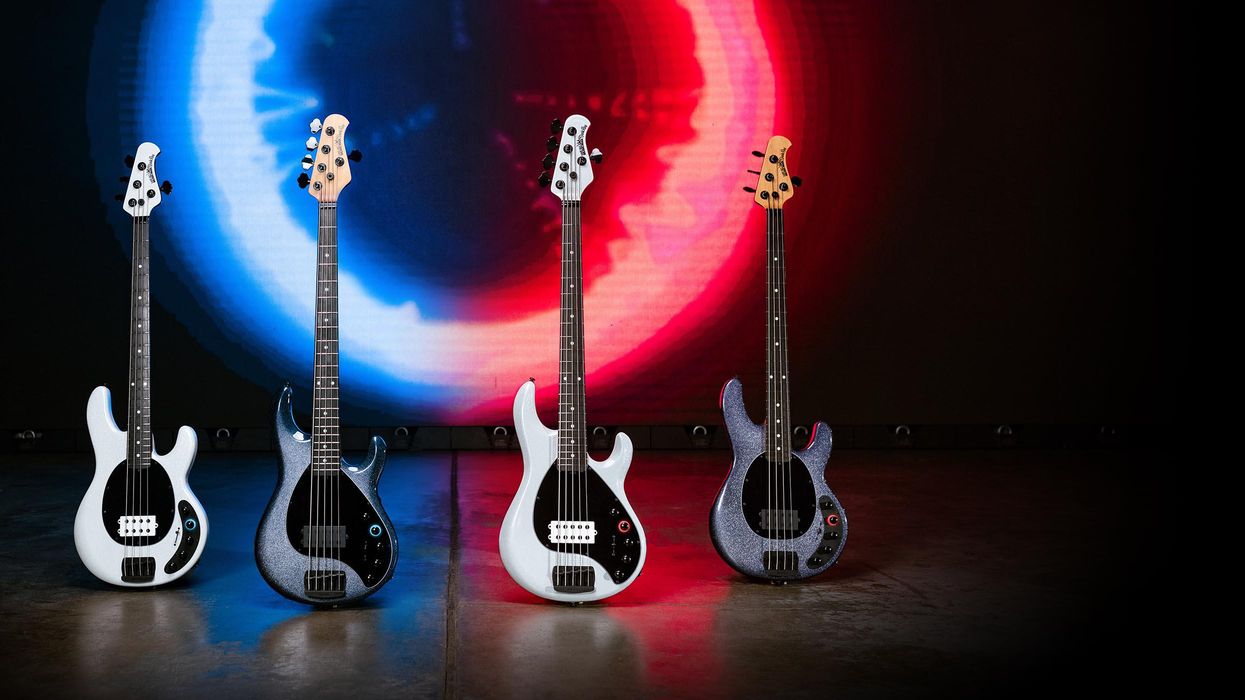
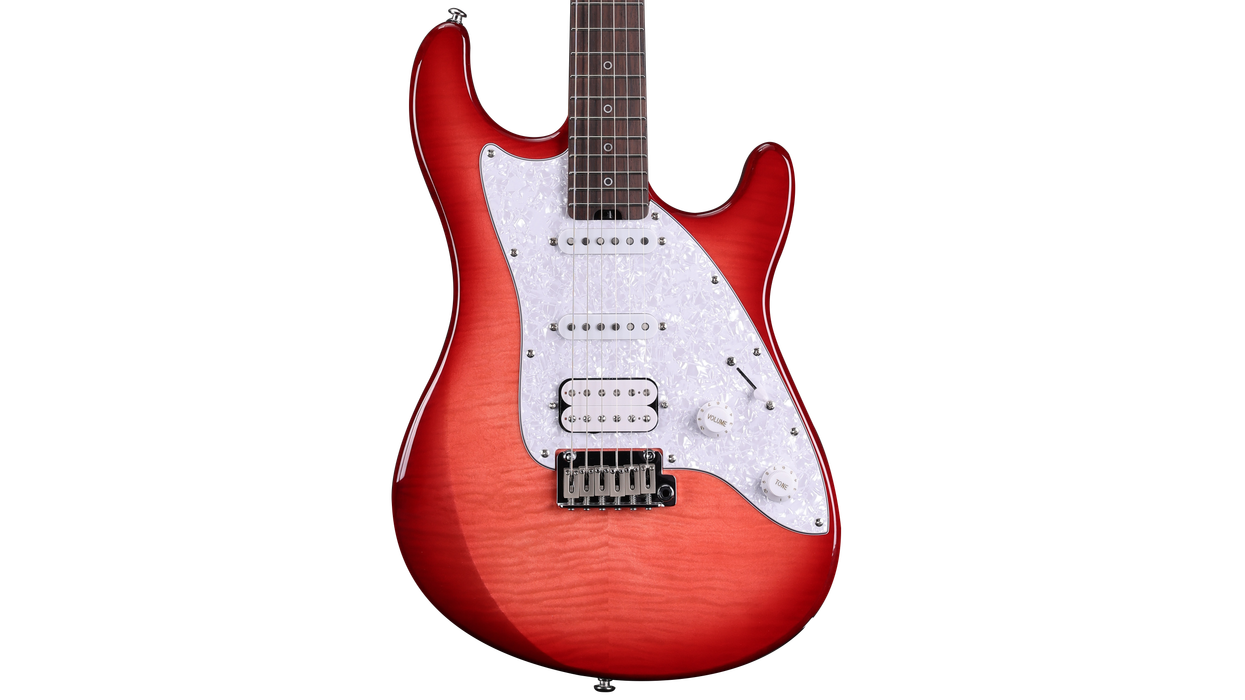
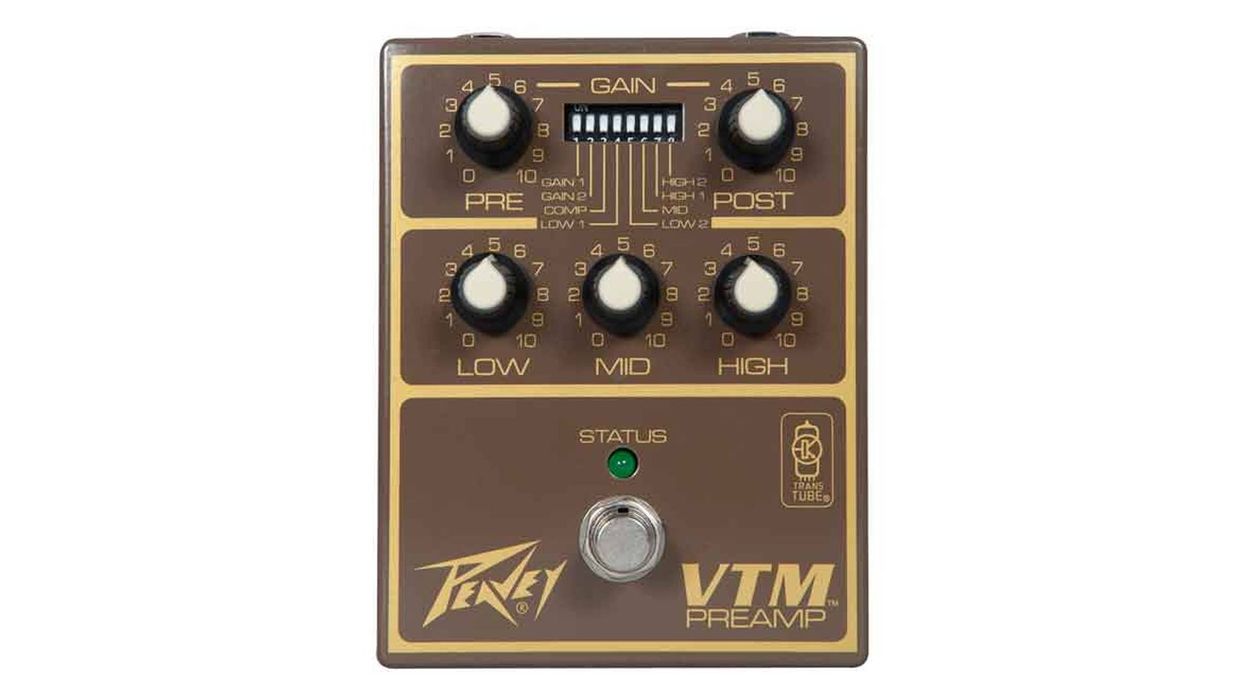

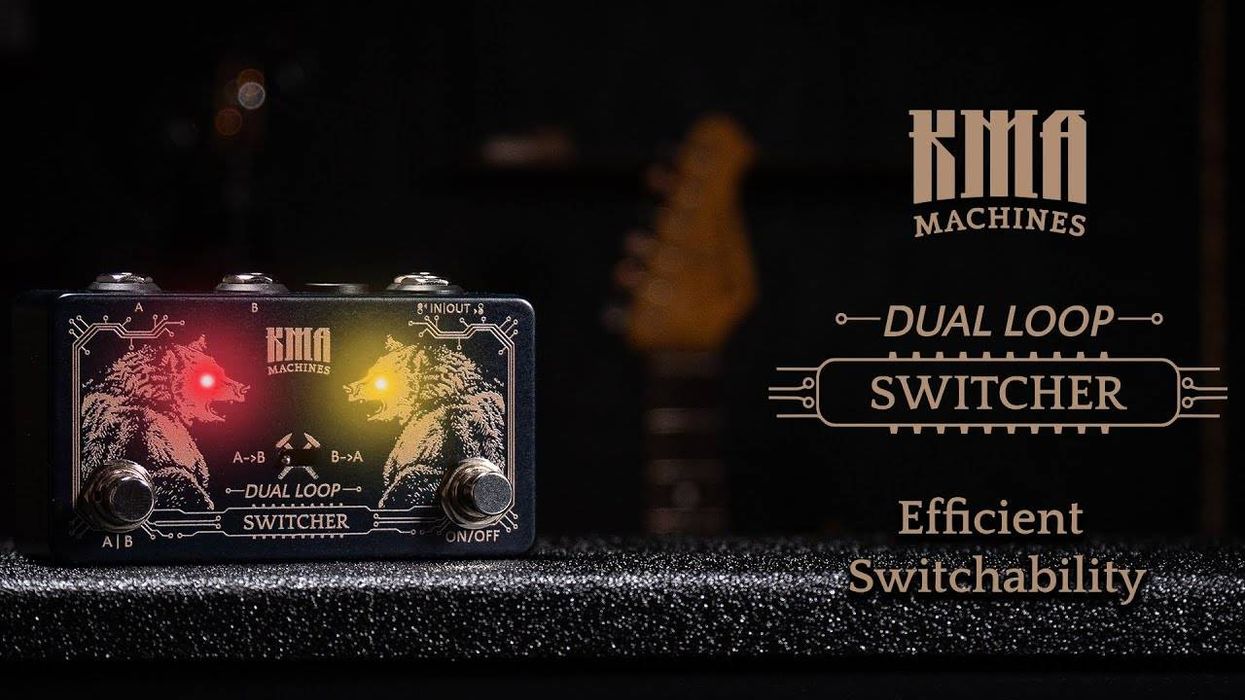
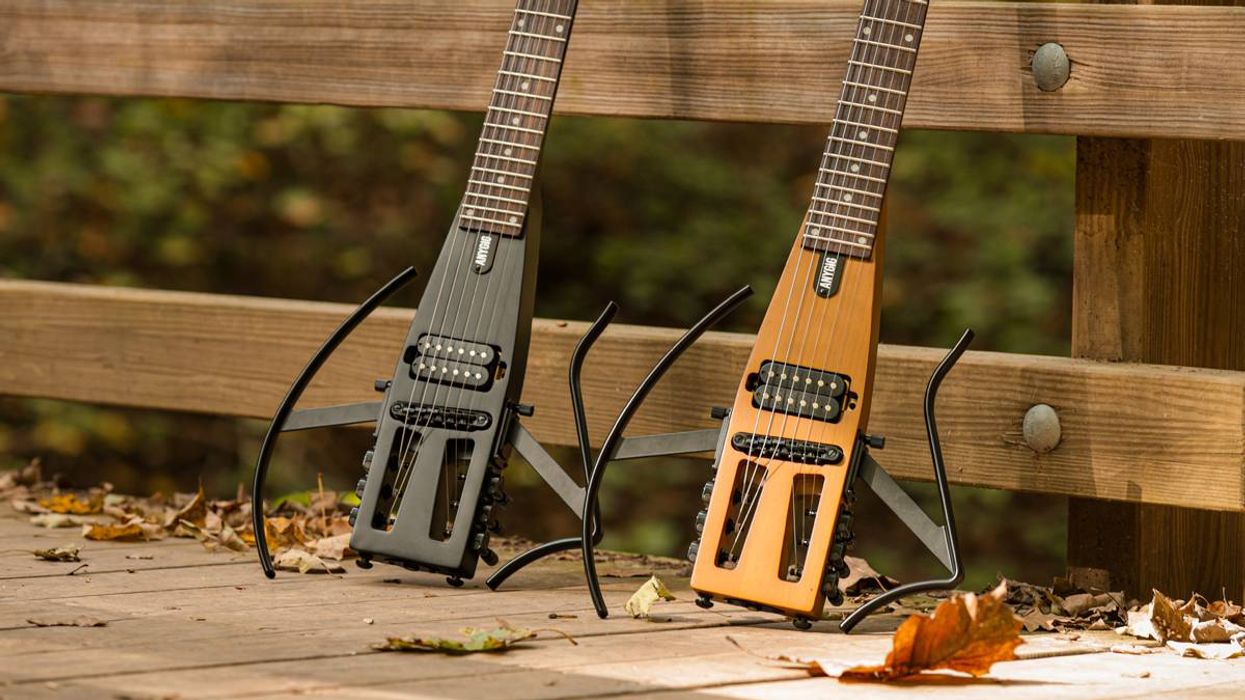
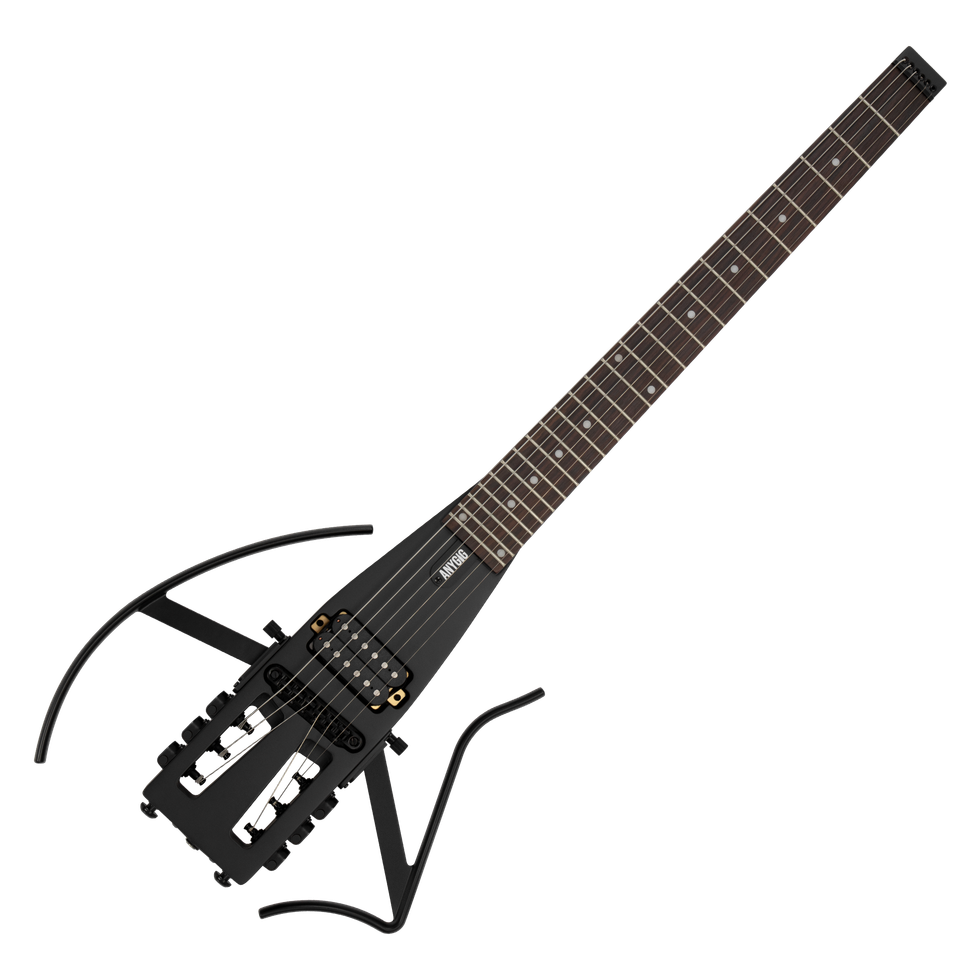



![Rig Rundown: AFI [2025]](https://www.premierguitar.com/media-library/youtube.jpg?id=62064741&width=1245&height=700&quality=70&coordinates=0%2C0%2C0%2C0)
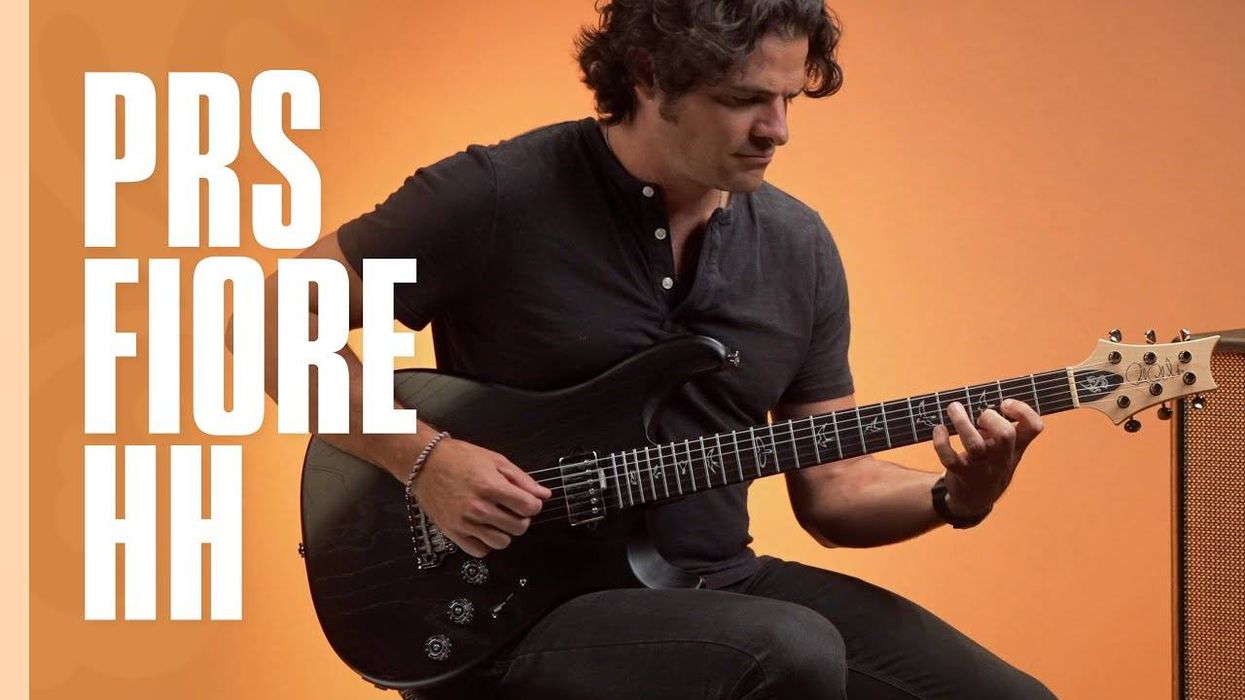
![Devon Eisenbarger [Katy Perry] Rig Rundown](https://www.premierguitar.com/media-library/youtube.jpg?id=61774583&width=1245&height=700&quality=70&coordinates=0%2C0%2C0%2C0)


